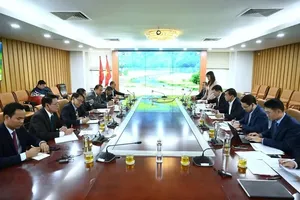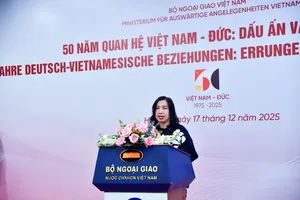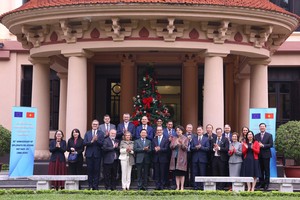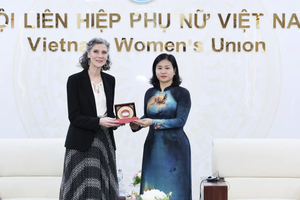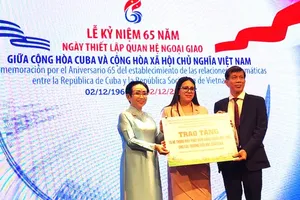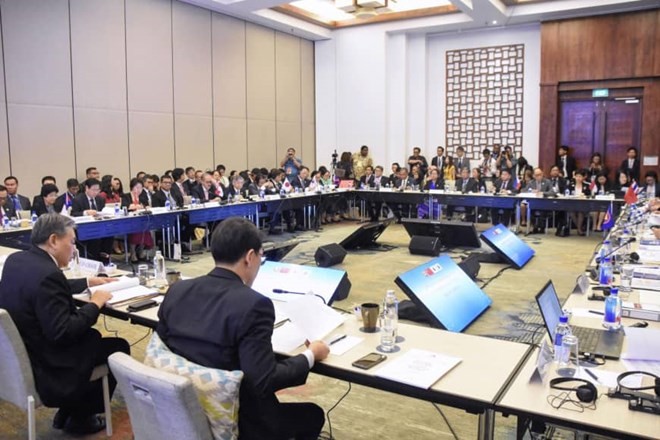
The additional of local currencies to swap agreements are “one enhancement option”, said a joint statement released after the meeting of finance ministers and central bank governors of ASEAN, China, Japan and the Republic of Korea (ASEAN+ 3) in Fiji from April 30 to May 2.
In a bid to prevent a repeat of the 1997 Asian currency crisis, the countries launched the Chiang Mai initiative in 2000, a US dollar-denominated multilateral currency swap arrangement under which member countries facing short-term liquidity shortages can access a pool of USD in exchange for their currencies.
Now, ASEAN 3 countries are considering adding Japanese and Chinese currencies to the US$240 billion safety net to reduce their overreliance on the dollar.
Japanese finance minister Taro Aso spoke highly of the plan, saying that it will help countries enhance ability to respond to urgent situations.
Meanwhile, experts said that the adjustment plan will be an initiative to support Asian countries in increasing foreign exchange reserves. In addition, the move is expected to help internationalise the yen and yuan while expanding the economic clout of Japan and China in the region.
However, it is unclear whether the US would accept such a development. Members of the Asian Development Bank (ADB) are discussing the issue as Asian currencies may be devaluated in lousy cases.
At the meeting, the countries said they would “remain vigilant against the downside risks” which regional economies may encounter. They affirmed commitment to uphold the rules-based multilateral trading system and open regionalism, and resist all forms of protectionism.
Regarding regional economic prospects, they hoped that the economies of ASEAN+3 countries will grow stably.
The Meeting of ASEAN 3 Finance Ministers and Central Bank Governors took place on the sidelines of the ADB’s 52nd annual meeting from May 1-5 in Fiji.
